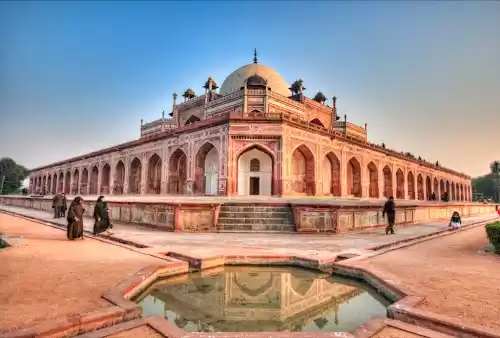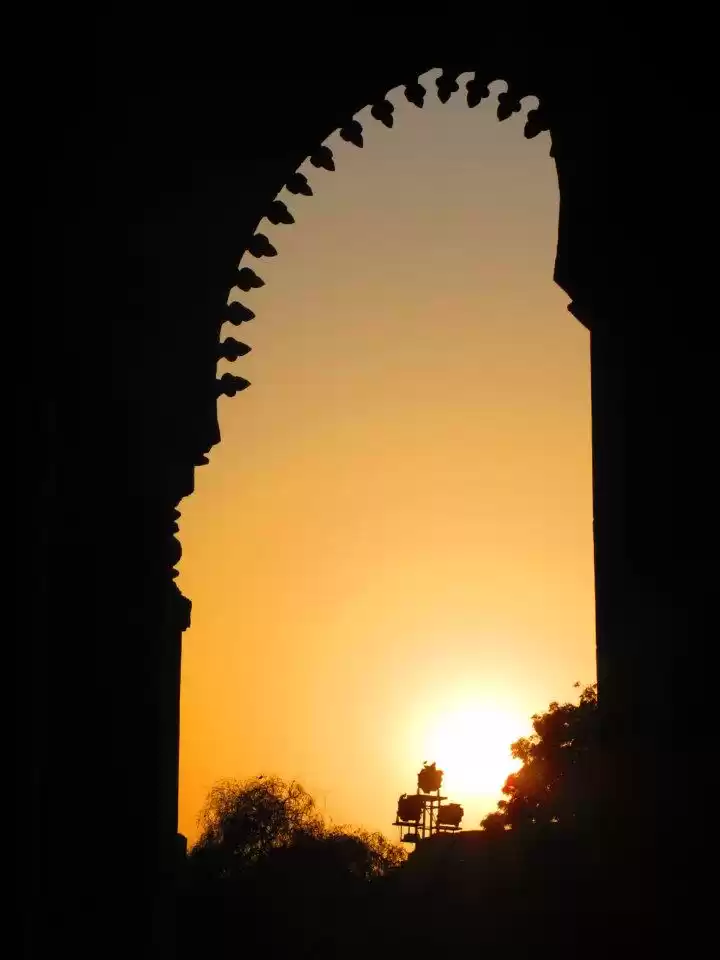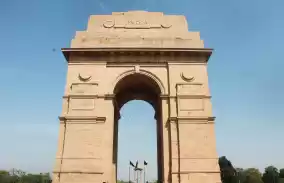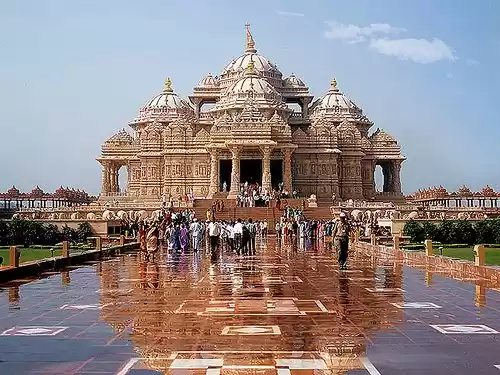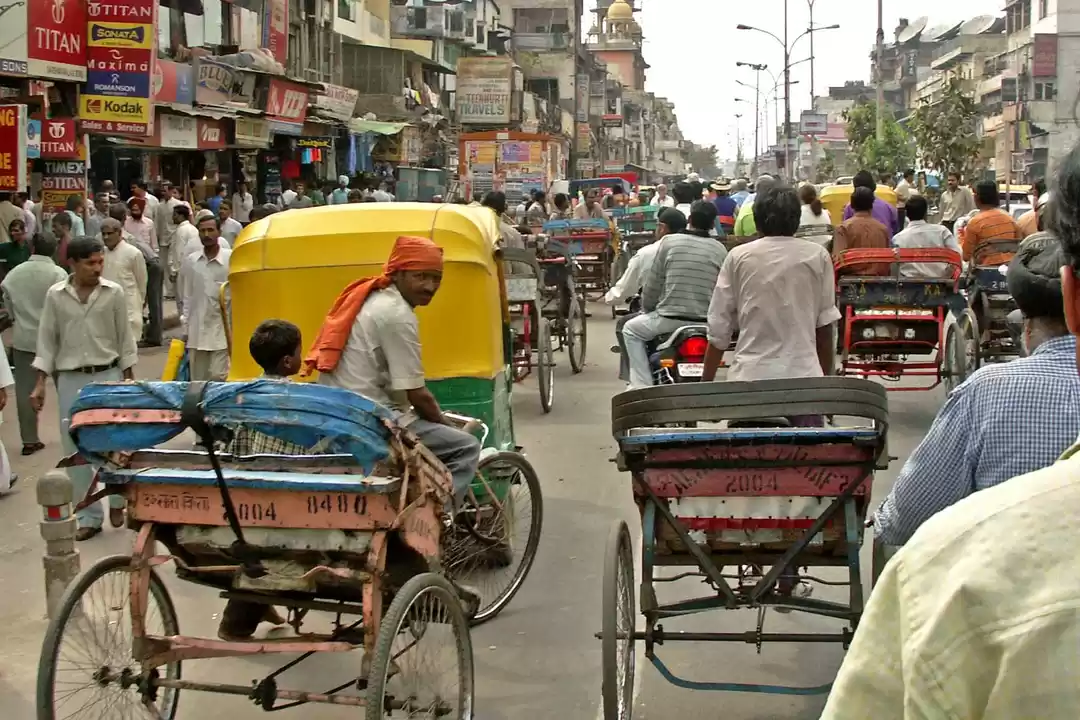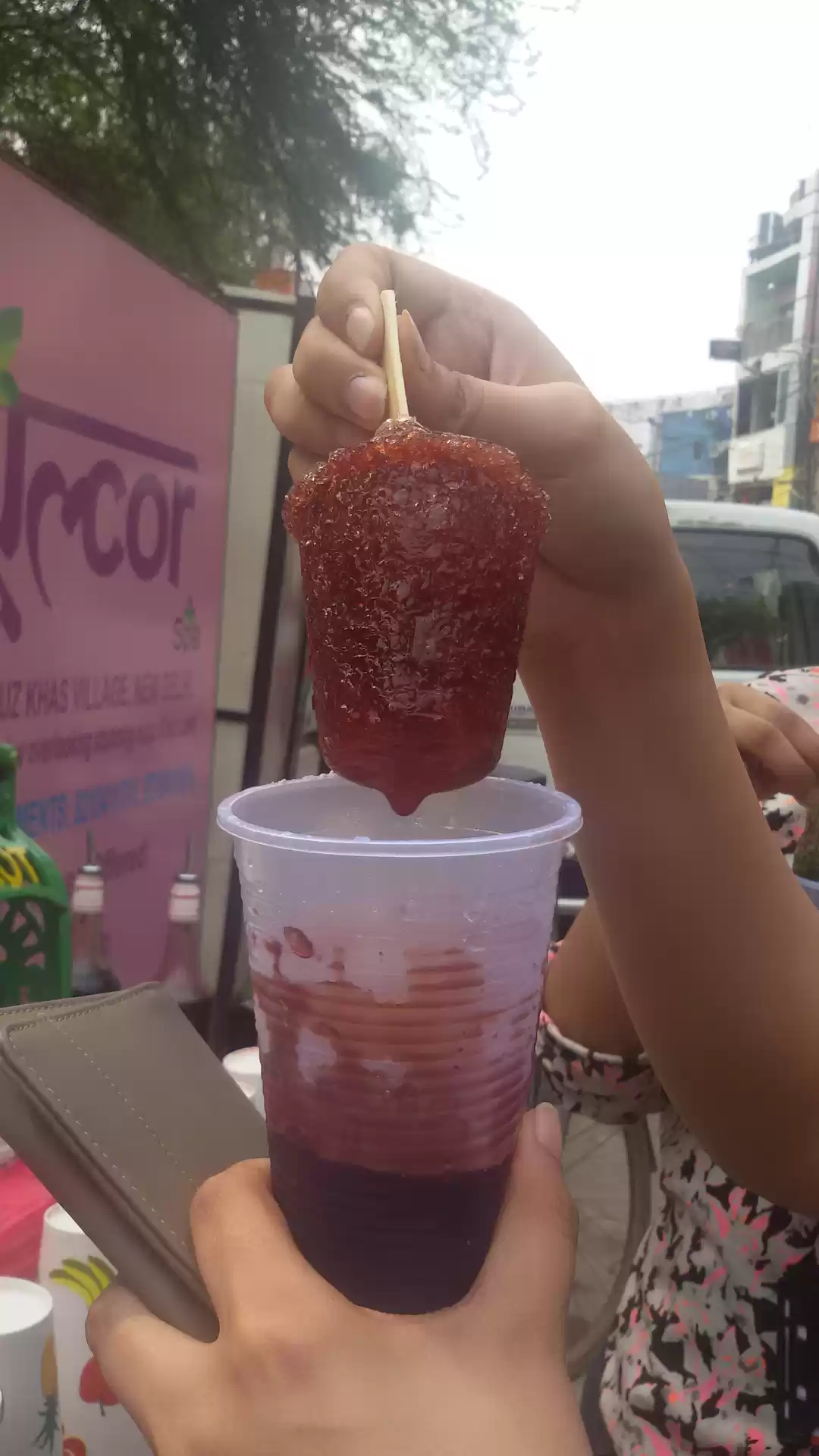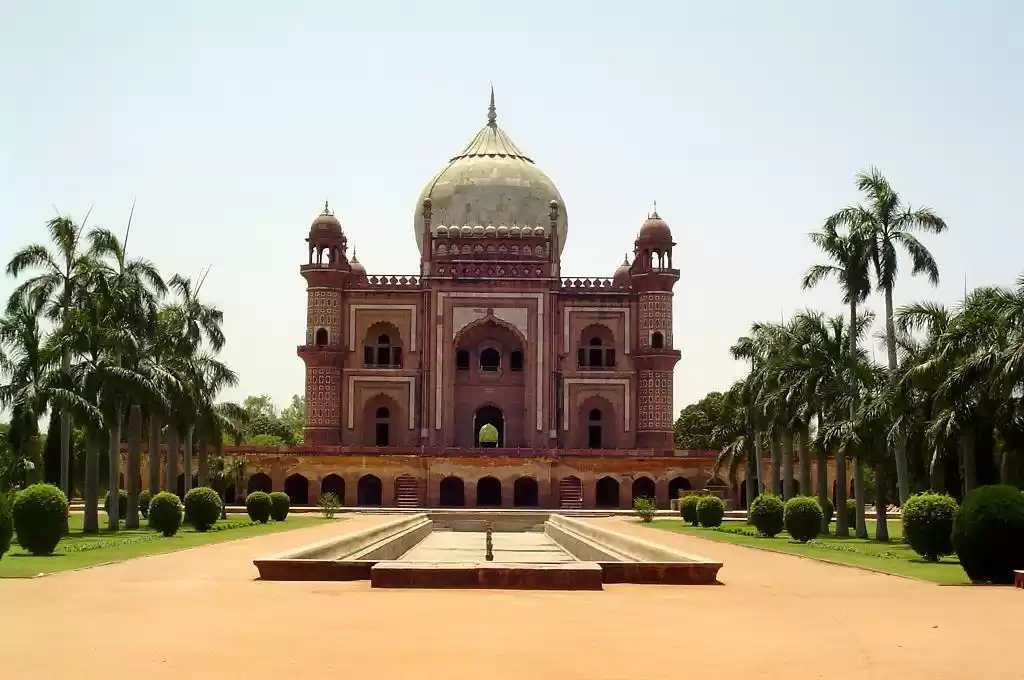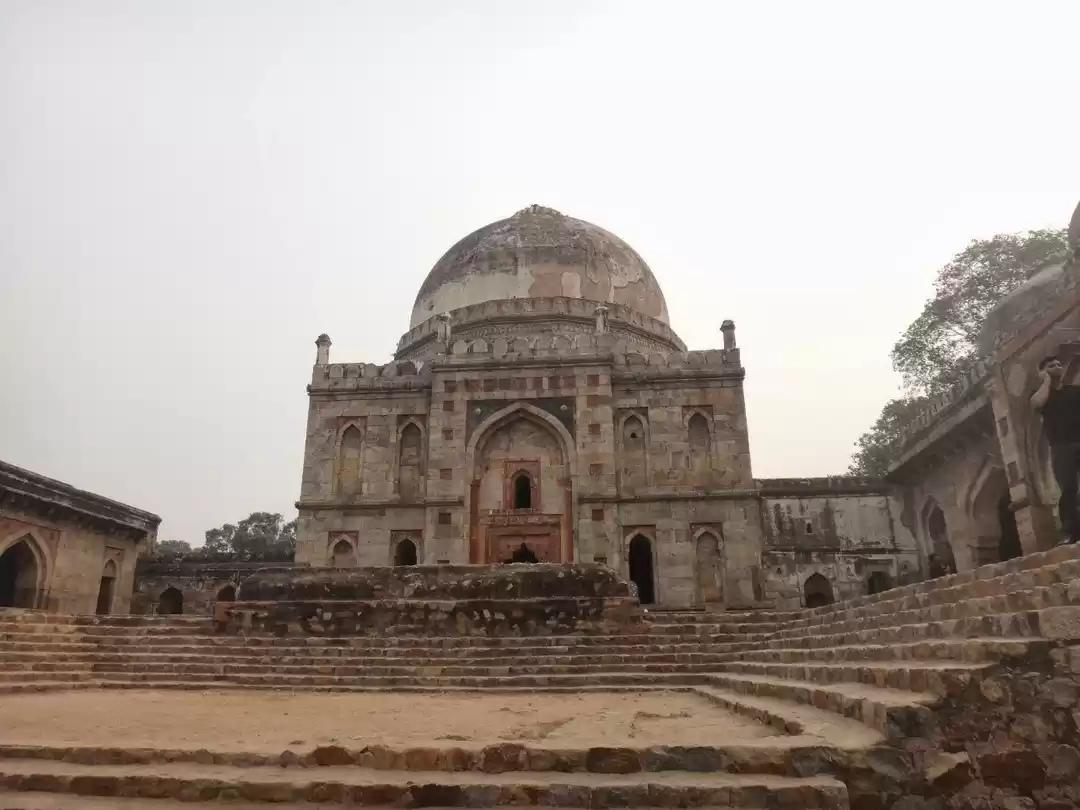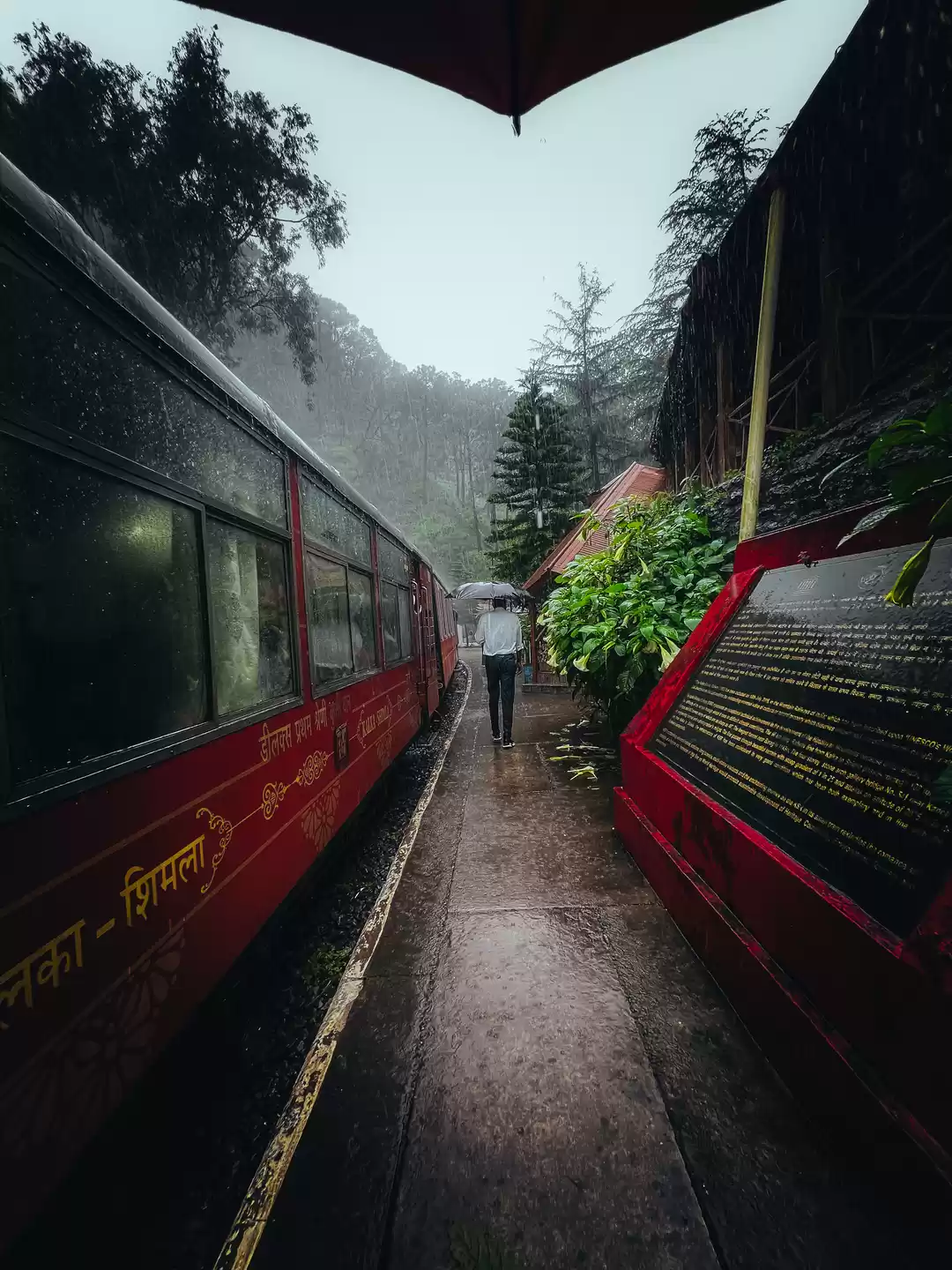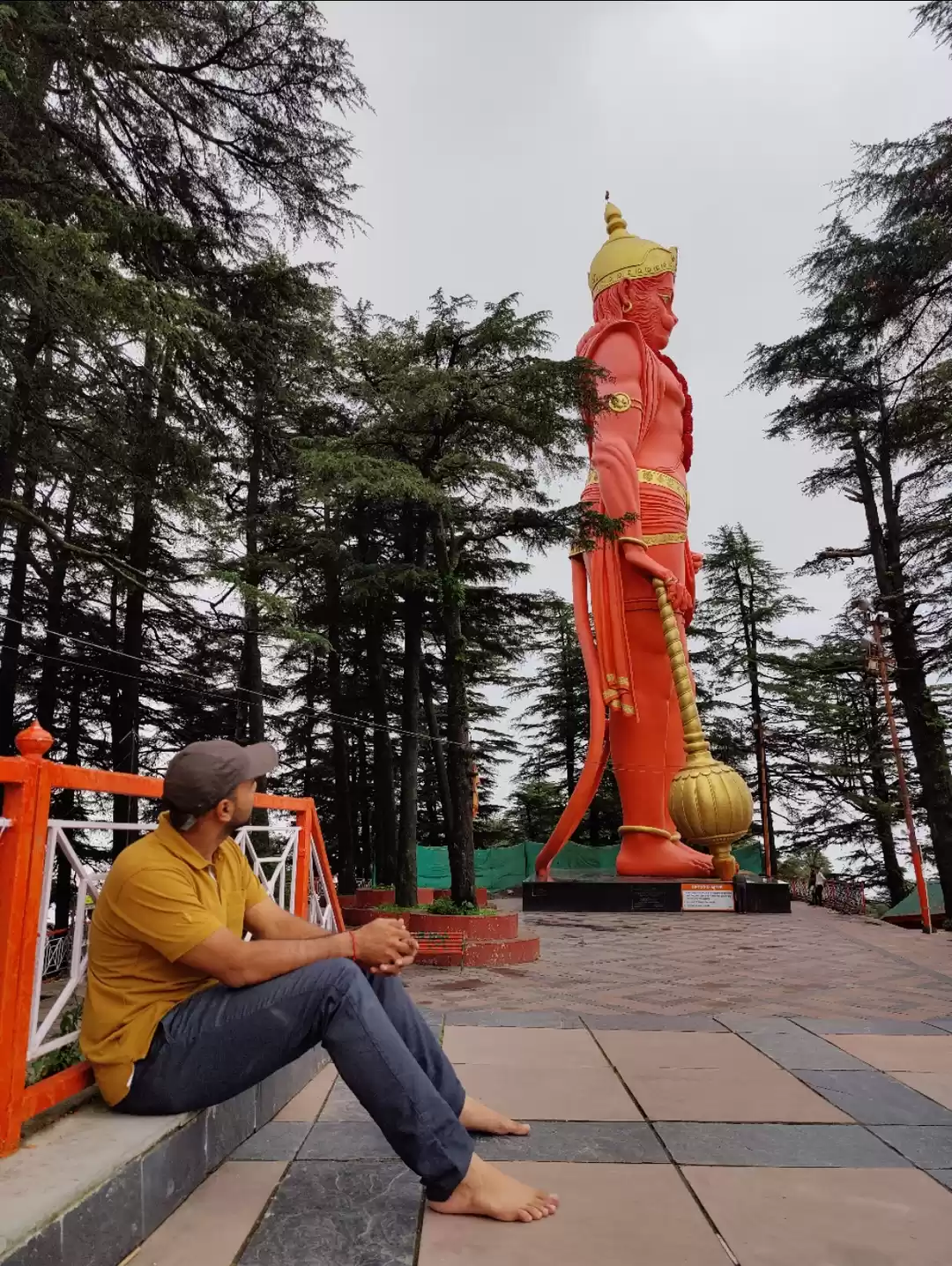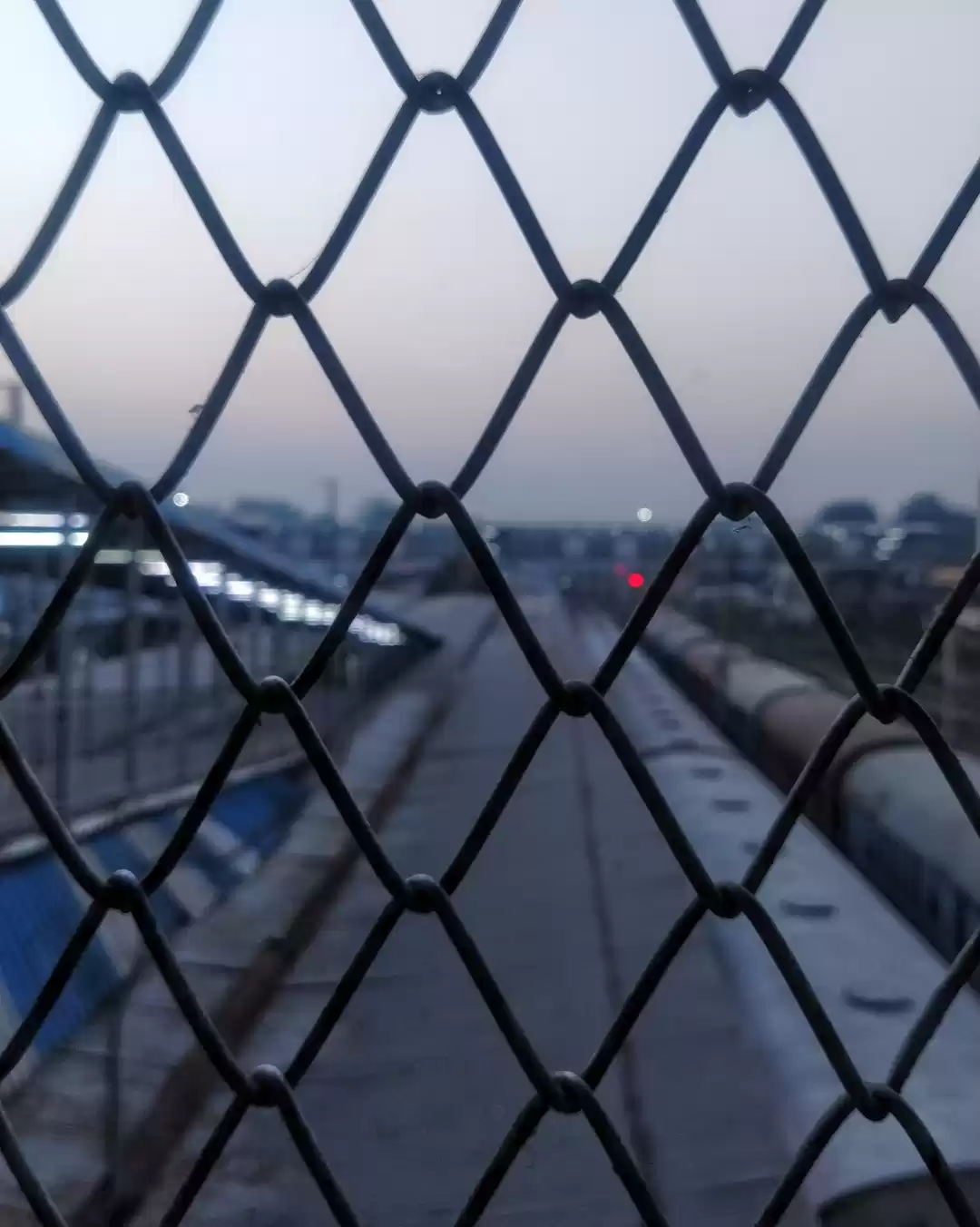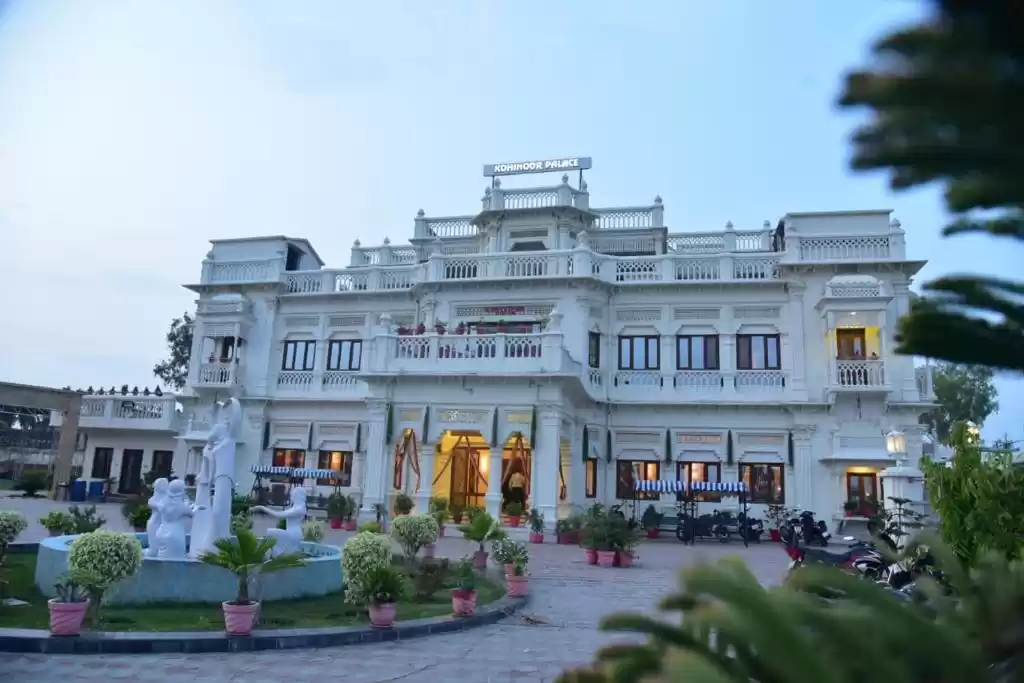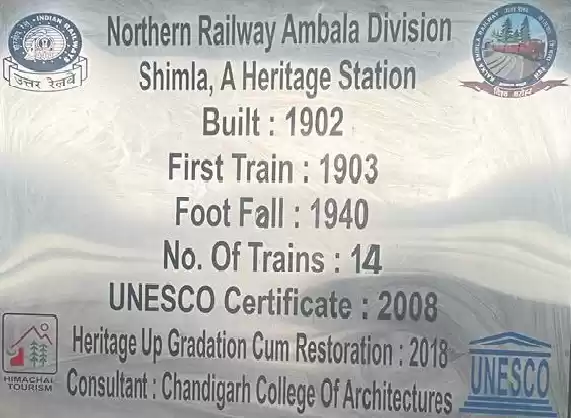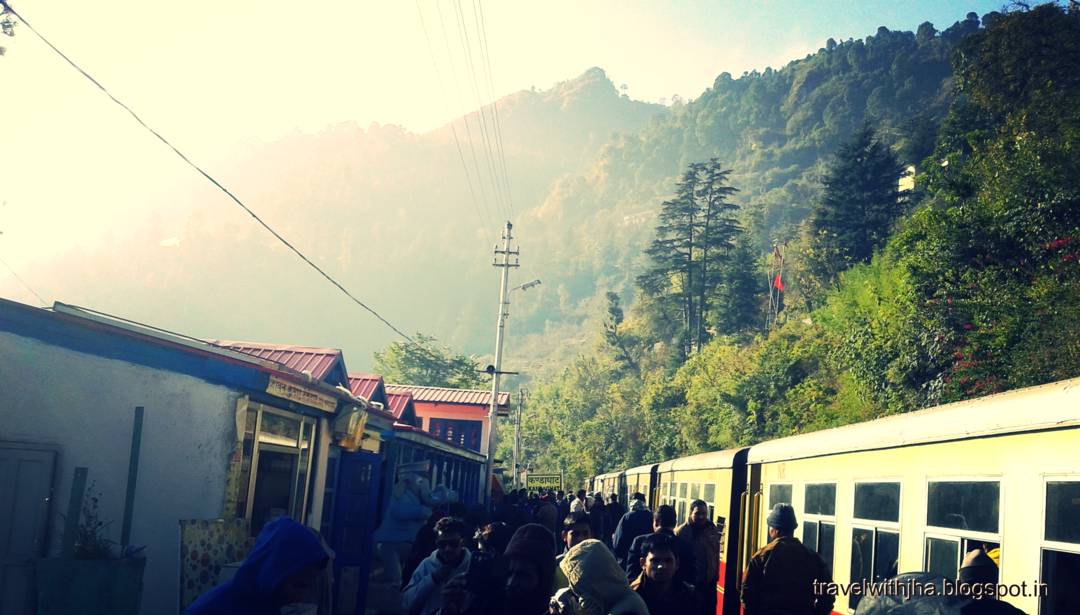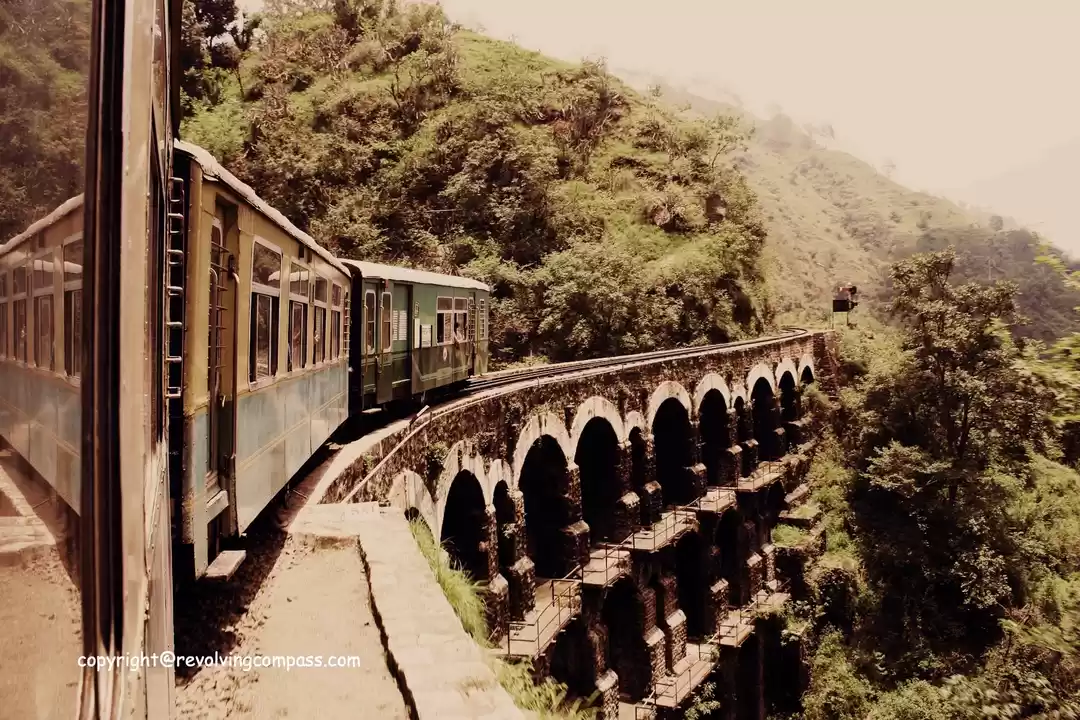Are you looking for a spiritual and cultural experience in Delhi? Do you want to visit one of the oldest and most revered temples in the city? If yes, then you should not miss the Kalka Mandir, a temple dedicated to Goddess Kali, the destroyer of evil.
Kalka Mandir, also known as Kalkaji Mandir, Kalka Devi Temple, or Maa Shri Kalka Ji Mandir, is located in South Delhi and attracts hundreds of devotees every day. The temple is believed to be over 3000 years old and has a rich history and legend associated with it.
In this article, we will provide you with a comprehensive guide to the Kalka Mandir, including its history, legend, significance, timings, entry fee, aarti schedule, location, nearby attractions, and tips for visiting. Whether you are a religious person or a curious traveler, you will find something interesting and enlightening in this article.
History of Kalka Mandir
The history of Kalka Mandir dates back to the Mahabharata time, when the Pandavas worshipped here before going to war with the Kauravas. The temple is mentioned in the epic as one of the places where Lord Krishna and Arjuna visited.
The temple is also said to be one of the 51 Shakti Peethas, where the severed body parts of Goddess Sati fell after Lord Shiva carried her corpse in grief. According to legend, Sati’s toes fell at this place and became the source of divine energy.
The temple underwent several modifications and renovations by various rulers and patrons over time. The present structure of the temple was built by the Marathas in 1764. Later, it was repaired and beautified by the Peshkar of Akbar II in 1816. In the 20th century, Hindu bankers and merchants of Delhi contributed to the expansion and development of the temple.
The temple is built on the land of Shamlat Thok Brahmins and Thok Jogians who are also the pujaris (priests) of the temple. They have been serving the temple for generations and have preserved its traditions and rituals.
Legend of Kalka Mandir
The legend behind the origin of Kalka Mandir and its deity is fascinating and inspiring. It tells how Goddess Kali emerged from Goddess Parvati’s mouth and killed two powerful demons who were troubling the gods.
The story goes like this: Two demons named Raktabija and Shumbha-Nishumbha created problems for the gods and conquered their realms. The gods then sought the help of Goddess Parvati, who agreed to fight on their behalf.
Goddess Parvati created another goddess from her mouth, who was named Kaushiki Devi. Kaushiki Devi challenged the demons to a battle and defeated them one by one. However, Raktabija had a boon that whenever his blood fell on the ground, more demons would arise from it.
Kaushiki Devi realized that she could not kill Raktabija by conventional means. She then invoked another goddess from her forehead, who was named Kali. Kali was fierce and powerful, with a dark complexion, long hair, red eyes, sharp teeth, and a garland of skulls. She had a sword in one hand and a severed head in another.
Kali attacked Raktabija and cut off his limbs. She then drank his blood before it could fall on the ground. She also killed all the other demons who had emerged from his blood. She then chased Shumbha-Nishumbha and beheaded them as well.
The gods were overjoyed by Kali’s victory and praised her for saving them from the demons. They requested her to reside at the place where she had killed Raktabija and Shumbha-Nishumbha. Kali agreed on the condition that she would be worshipped by her devotees with love and devotion.
Thus, Kalka Mandir was established as the abode of Goddess Kali and became a sacred place for her followers.
Significance of Kalka Mandir
Kalka Mandir is not only a historical and legendary temple but also a significant one for devotees. Those who visit the temple and worship Kali attain everything they want in life, such as wealth, health, happiness, success, etc.
Kalka Devi is also known as Kaal Chakra Swamini, which means she controls the cycle of time and destiny. She is also known as Manokamana Siddha Peetha, which means she fulfills all the desires of her devotees. She is also known as Jayanti Peetha, which means she grants victory over enemies and obstacles.

Devotees perform various rituals at the temple to please Kali and seek her blessings. Some of the rituals are:
Milk bath: Devotees pour milk on the idol of Kali as a symbol of purity and devotion.
Shringaar: Devotees adorn the idol of Kali with clothes, jewelry, flowers, and cosmetics as a symbol of beauty and grace.
Aarti: Devotees sing hymns and wave lamps in front of the idol of Kali as a symbol of light and joy.
Prasad: Devotees offer food and sweets to the idol of Kali as a symbol of gratitude and love.
The temple also celebrates various festivals throughout the year, such as Navratri, Dussehra, Diwali, etc. During these festivals, the temple is decorated with lights, flowers, and flags. Thousands of devotees throng the temple to witness the special ceremonies and festivities.
Also check out: How to Do Delhi Right in 1 Day if you are into heritage and culture
Timings, Entry Fee & Aarti Schedule of Kalka Mandir
If you are planning to visit Kalka Mandir, you should know the timings, entry fee, and aarti schedule of the temple. Here is a table that summarizes this information:
Timings Entry Fee Aarti Schedule
4 AM to 11:30 PM (daily) Free Ganesh Vandana (4:30 AM)
6:30 AM (daily) - Shringaar Time
7:30 AM (Daily) - Morning Aarti
8:30 AM - Prasad Time
7:30 PM - Evening Aarti
The temple is open for visitors throughout the day, but the best time to visit is during the aarti time, when you can experience the spiritual atmosphere and the divine energy of Kali.
Location & How to Reach Kalka Mandir
Kalka Mandir is located in South Delhi, near Nehru Place. The address of the temple is: Kalkaji Mandir Road, Kalkaji, New Delhi - 110019
You can reach the temple by various modes of transport, such as metro, bus, auto-rickshaw, taxi, etc. The nearest metro station is Kalkaji Mandir Metro Station, which is on the Magenta Line and Violet Line. The temple is just a few minutes walk from the metro station.
You can also take a bus to Nehru Place Bus Stop or Okhla Industrial Area Bus Stop, which are close to the temple. You can then take an auto-rickshaw or a taxi to reach the temple.
Some landmarks or directions that can help you find your way to the temple are:
1. The temple is opposite to Nehru Place Market, which is a popular shopping destination for electronics and gadgets.
2. The temple is next to Lotus Temple, which is a famous Bahai House of Worship and a tourist attraction.
3. The temple has a huge red gate with a signboard that says “Maa Shri Kalka Ji Mandir”.
You may also like to check out: 5 Must Visit Temples in Delhi
Nearby Attractions of Kalka Mandir
After visiting Kalka Mandir, you can also explore some nearby attractions that are worth seeing. Here are some of them:

Lotus Temple:
Lotus Temple is a stunning architectural marvel that resembles a lotus flower. It is a Bahai House of Worship that welcomes people of all faiths and backgrounds. It is a place of peace and tranquility where you can meditate and pray.

ISKCON Temple:
ISKCON Temple is a beautiful temple dedicated to Lord Krishna and his consort Radha. It is run by the International Society for Krishna Consciousness (ISKCON), which promotes Hinduism and spirituality. It is a place of devotion and joy where you can listen to bhajans and kirtans and enjoy delicious prasadam.

Nehru Place Market:
Nehru Place Market is a bustling market that sells all kinds of electronics and gadgets at cheap prices. It is a paradise for tech enthusiasts and bargain hunters who can find everything from laptops and mobiles to cameras and printers here.

Okhla Bird Sanctuary:
Okhla Bird Sanctuary is a wildlife sanctuary that hosts hundreds of species of birds and animals. It is a haven for nature lovers and bird watchers who can spot rare and exotic birds such as black-necked stork, painted stork, spot-billed pelican, etc.
Tips for Visiting Kalka Mandir
To make your visit to Kalka Mandir smooth and enjoyable, here are some tips that you should keep in mind:
1. Wear modest clothes that cover your shoulders and knees. Avoid wearing shorts, skirts, or sleeveless tops.
2. Remove your shoes outside the temple premises and keep them in the shoe racks in the temple premises and keep them in the designated area. You can also pay a small fee to the caretakers who will look after your shoes.
3. Avoid taking photographs inside the temple premises, especially near the idol of Kali. Photography is prohibited in some areas and considered disrespectful in others.
4. Carry cash for donations or offerings to the temple or the priests. You can also buy flowers, incense, coconut, etc. from the vendors outside the temple to offer to Kali.
5. Be prepared for long queues and crowded spaces, especially during festivals or weekends. You may have to wait for hours to get a glimpse of Kali or participate in the aarti. You can avoid this by visiting during off-peak hours or weekdays.
6. Carry earplugs or headphones if you are sensitive to noise. The temple can be very noisy due to the bells, drums, chants, etc. You can also listen to some soothing music or meditation tracks on your device to calm your mind.
7. Respect the customs and traditions of the temple and follow the instructions of the priests or staff. Do not touch or disturb anything that is not meant for you. Do not litter or spit inside or outside the temple premises.
We hope that this article has given you a useful and interesting insight into Kalka Mandir and its various aspects. We also hope that you will visit this temple soon and experience its spiritual and cultural charm.
If you liked this article, please share it with your friends and family who may also be interested in visiting Kalka Mandir. You can also check out our other articles on Tripoto for more travel tips and guides.

